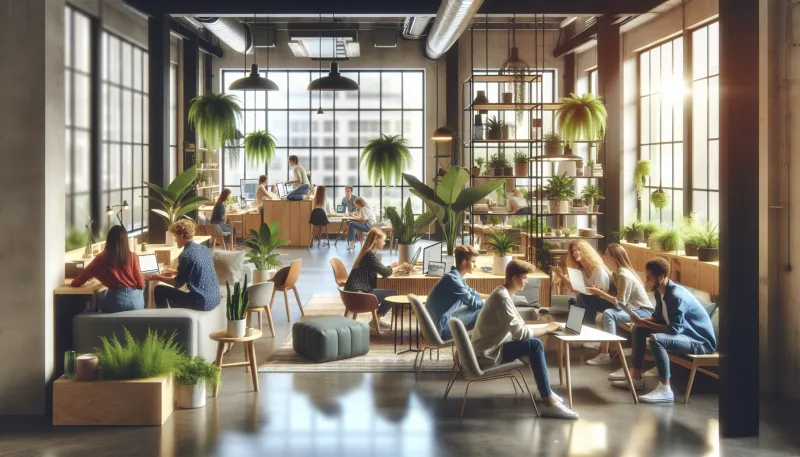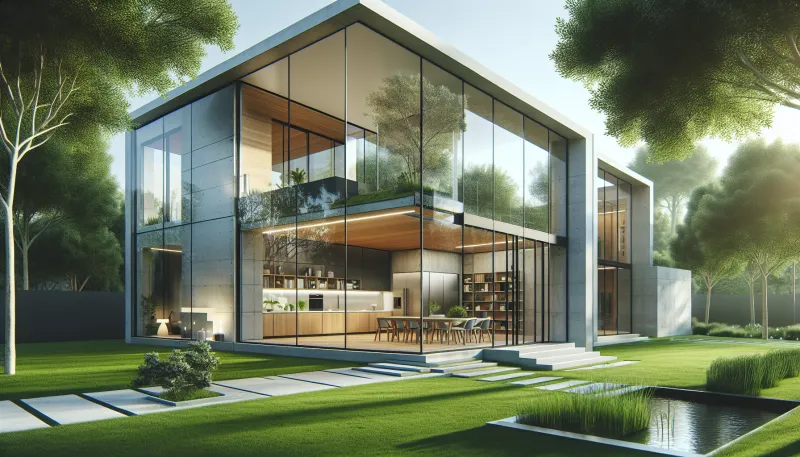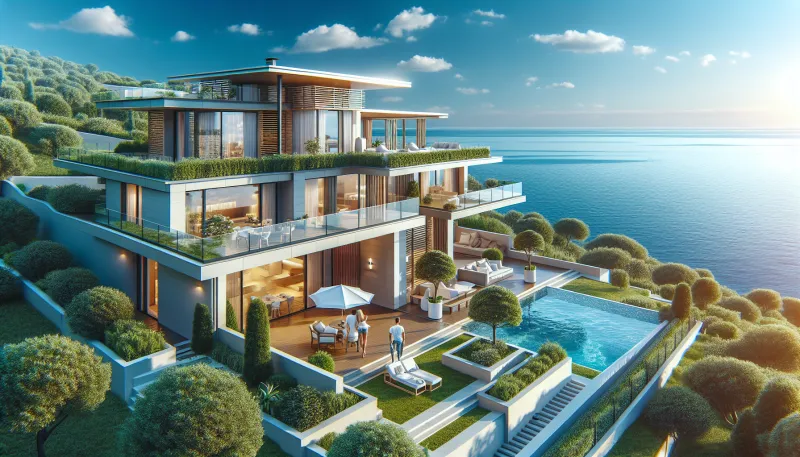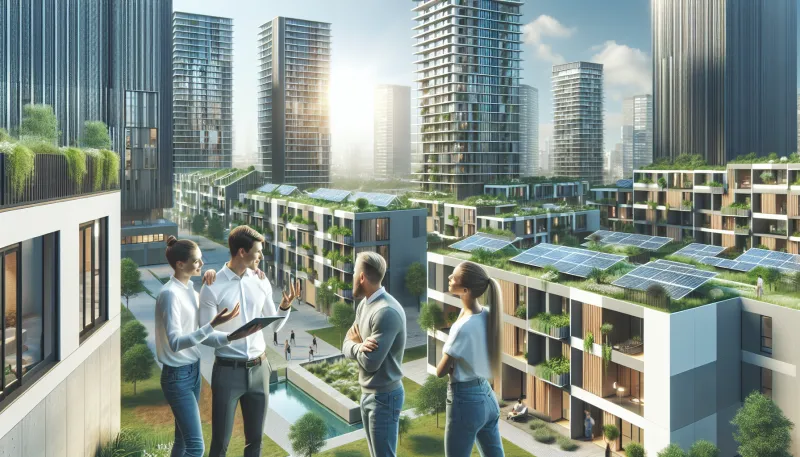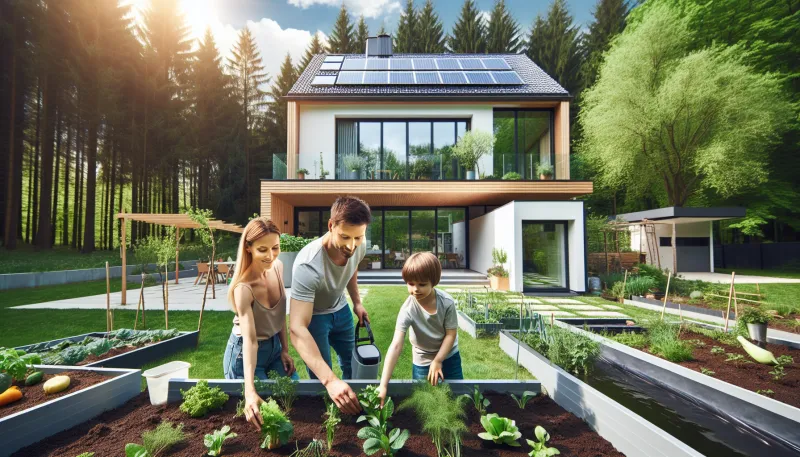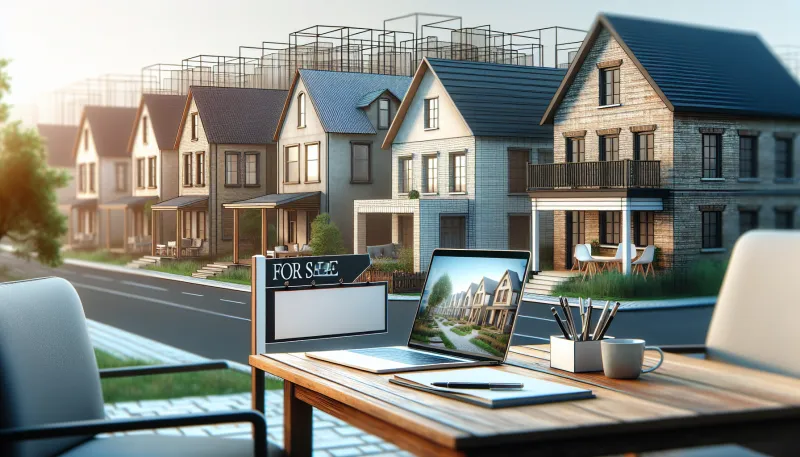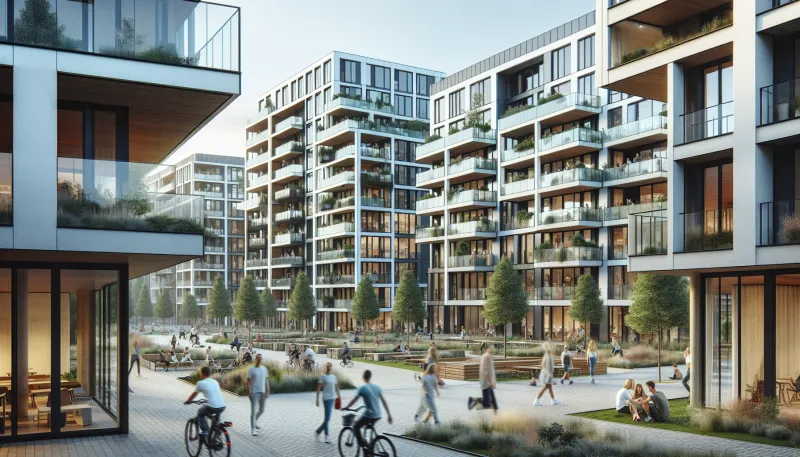
How Build-to-Rent Models Are Redefining Urban Housing
The landscape of urban housing is undergoing a significant transformation, driven by the rise of build-to-rent (BTR) models. As cities grapple with housing affordability, changing demographics, and evolving lifestyle preferences, BTR developments offer innovative solutions that are reshaping how people live in urban environments. This article explores the multifaceted impact of build-to-rent schemes on urban housing, examining their benefits, challenges, and long-term implications.
- Understanding the build-to-rent concept
- Addressing urban housing shortages
- Enhancing community and social cohesion
- The role of technology in build-to-rent developments
- Financial implications for investors and tenants
- Sustainability and environmental considerations
- Challenges in regulatory and planning environments
- Comparing build-to-rent with traditional housing models
- Future prospects of build-to-rent in urban housing
Understanding the build-to-rent concept
Build-to-rent refers to residential developments designed and constructed specifically for long-term rental purposes rather than for sale. Unlike traditional housing markets where individual units are sold to separate owners, BTR projects are often owned and managed by institutional investors, providing renters with professionally managed residences. This distinction allows for tailored amenities and services oriented towards rental tenants, fostering a stable and high-quality living experience.
Addressing urban housing shortages
Urban centers worldwide are facing mounting pressure due to population growth and limited housing supply. Build-to-rent developments help alleviate this shortage by increasing the availability of rental properties that are thoughtfully planned to meet demand. These projects often emphasize density and efficient land use, contributing to a greater number of housing units within existing urban footprints.
The role of technology in build-to-rent developments
Technology plays a pivotal role in the success of BTR schemes. Smart home features, digital leasing platforms, and responsive maintenance services enhance tenant experience and operational efficiency. These tech integrations allow for seamless communication between residents and property managers, improving transparency and satisfaction.
Financial implications for investors and tenants
For investors, BTR offers stable, long-term rental income streams and asset diversification. Tenants benefit from professionally managed properties with consistent quality standards. However, the concentration of rental stock under few owners raises concerns about rental price control and affordability in some markets, necessitating thoughtful regulatory frameworks.
Sustainability and environmental considerations
Many build-to-rent developments prioritize sustainability through energy-efficient construction, renewable energy systems, and green spaces. These measures not only reduce the environmental footprint of urban housing but also appeal to environmentally conscious renters who seek eco-friendly living options.
Challenges in regulatory and planning environments
Despite their advantages, BTR projects often face regulatory hurdles including zoning restrictions, planning delays, and resistance from local communities concerned about density or perceived impacts on neighbourhood character. Navigating these challenges requires collaboration between developers, policymakers, and residents to balance growth with community needs.
Comparing build-to-rent with traditional housing models
BTR developments distinguish themselves from traditional homeownership and buy-to-let models by emphasizing rental stability, comprehensive property management, and resident services. Unlike fragmented ownership settings, BTR fosters uniform standards and economies of scale that benefit both tenants and operators.
Future prospects of build-to-rent in urban housing
As demographic trends shift towards more renters and cities prioritize affordable housing solutions, the build-to-rent model is expected to expand significantly. Innovations in design, technology, and policy will continue to shape BTR’s role in creating resilient, inclusive, and vibrant urban communities.
Tommy is a property-passionate journalist who covers the forces shaping housing and the built environment. With a data-driven approach and a reporter’s curiosity, he writes on market cycles, urban development, PropTech, and policy—always connecting numbers to everyday lives. [Name]’s work blends clear analysis with on-the-ground reporting to help readers navigate trends, opportunities, and risks across residential and commercial real estate.

